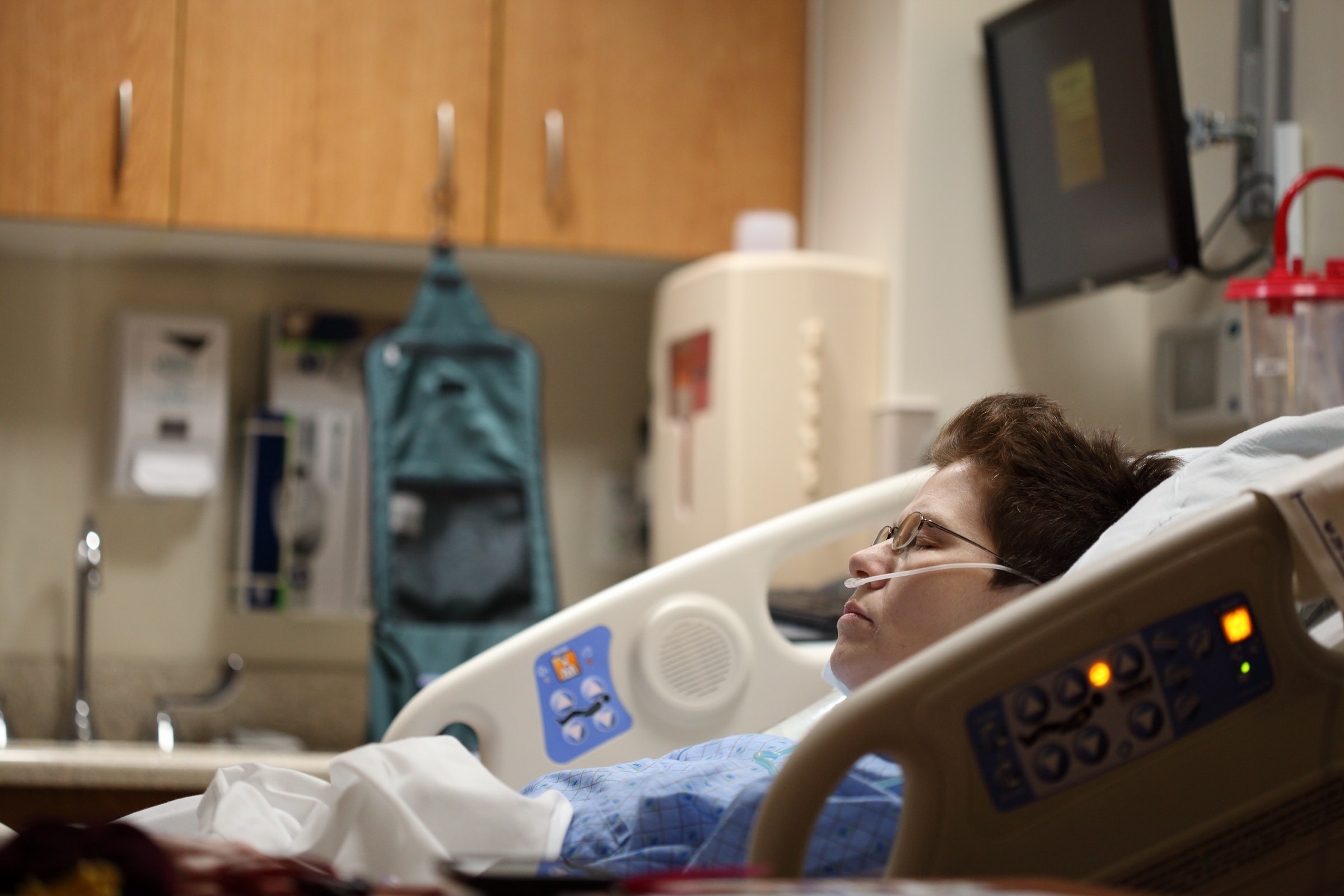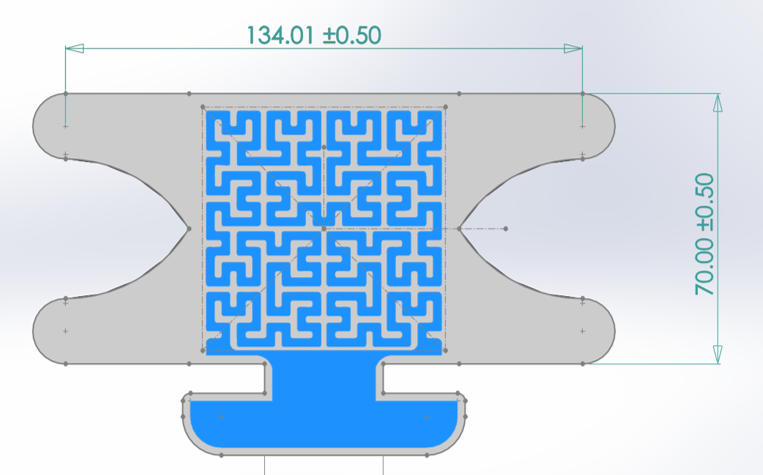Background of our Need
More than 5 million patients are admitted annually to U.S. ICUs for reasons such as intensive or invasive monitoring and comprehensive management of injury and/or illness. Fluid administration represents one of the core interventions in the management of acutely ill patients, with about one-third of patients in the intensive care unit (ICU) receiving resuscitation fluids on a specific day and many more receiving maintenance fluids. Peri-operative fluid management is essential to restore and maintain tissue fluid and electrolyte balance while avoiding salt/water excess during and after surgery.
 Photo by Sharon McCutcheon on Unsplash
Photo by Sharon McCutcheon on Unsplash
Without proper fluid balance conditions such as hypertension, shock, and organ failure can present themselves in patients, increasing the rate of patient morbidity and mortality. These conditions lead to increased hospital stays for patients and a reported average increase in the cost of care of $14,00.
Issues with fluid management stem from standards of care practices that are too demanding, invasive, and inaccurate to adequately serve patients’ needs. This provides an opening for the innovative fluid monitoring system to be developed and served as our team’s initiative to start this project.
Our Solution: Bioimpedance

In order to bring our device to market, we concluded that a fluid management system must meet the following criteria. To be easily integrated into a healthcare setting, our device must be low cost and easy to use. Additionally, it should provide instant feedback on the patient’s status so clinicians and surgeons can respond quickly and effectively. Finally, the device should be non-invasive to promote high patient compliance. We discovered a bioimpedance device from Impedimed that matched all of our device requirements.
Bioimpedance utilizes an electrical current to estimate the fluid levels in our patients. This works by measuring the opposition of the tissues in response to the applied current. As hydration levels increase, tissues will have lower levels of impedance due to the increased water content. By measuring a patient’s bioimpedance levels over time, we can conclude if the patient is suffering from dehydration or fluid overload.
Our Design and Prototype
Our novel electrode design aimed to improve the operation life, contact area, and adhesion of the electrodes. These additions are made with the purpose of improving the quality of the readings and the acquisition of signals. These were considered through the expansion in surface area of the conductive ink patterns.


Our electrodes were designed to operate with an existing bioimpedance system provided to us by our mentors from Edwards Lifesciences. We investigated this device to generate ideas on how to improve the effectiveness of the system for fluid level monitoring With the given system, the electrodes utilized provided insufficient operation life for long term monitoring and presented operational failures with pulling off the skin. Our proposed solutions aimed to remedy these issues and provide additional skin contact to improve signal acquisition.
Above you can see images of CAD model and protoype electrode. A video demonstrating laser cutting of the stencil we used to screen print our electrodes is also shown

 Photo by Sharon McCutcheon on Unsplash
Photo by Sharon McCutcheon on Unsplash
